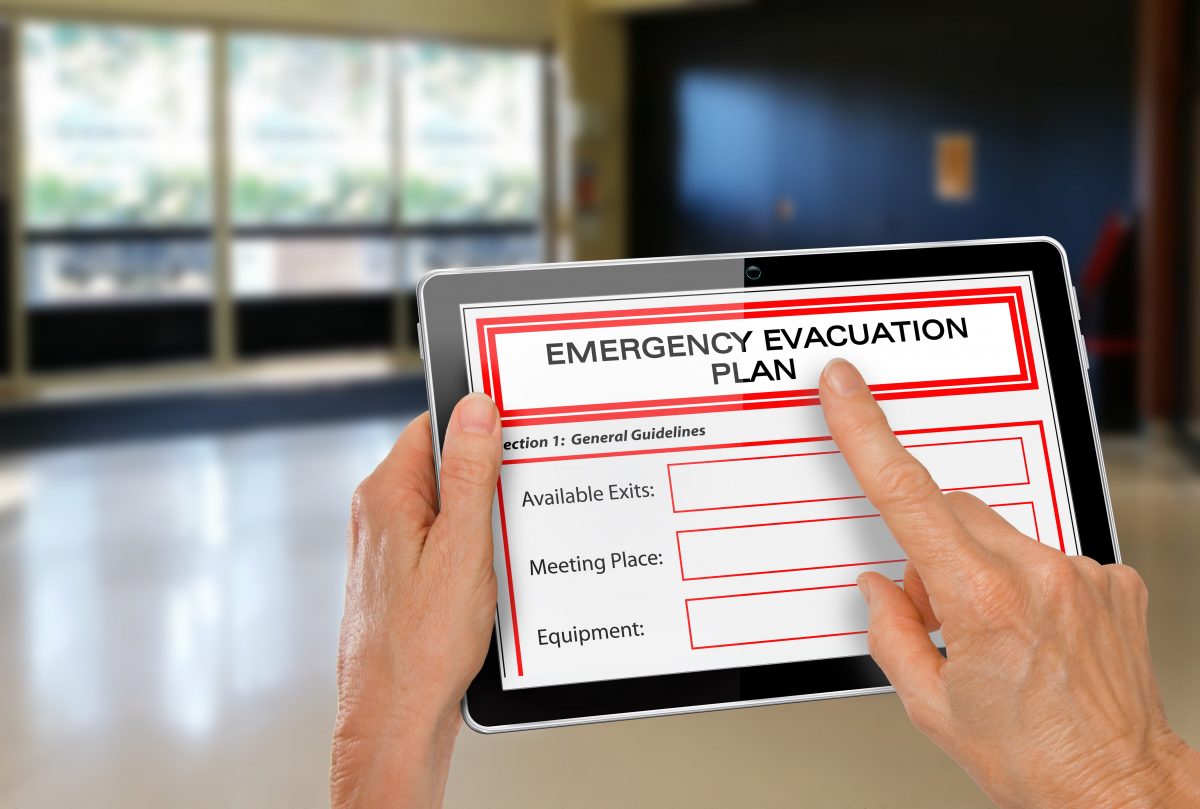After devastating hurricanes impacted nursing homes and assisted living facilities throughout the Gulf Coast region of the United States in recent years, lawmakers and regulatory agencies have worked hard to create protections for these organizations. Despite strong initiatives to encourage the availability backup electrical power and disaster planning on the part of nursing homes, it is clear that many such facilities lack a solid hurricane season plan.
Managing risks is a part of any business or organization. Nursing homes are no exception. With the help of nursing home insurance coverage and a hurricane season disaster plan in place, nursing homes can protect their residents, their staff, and their financial assets.
Disaster Planning for Hurricane Season
Nursing homes and skilled care facilities must have a plan in place to protect residents and property from damage due to natural disasters. The Atlantic hurricane season, running from June 1 to November 30 of each year, represents the most risky time of the year for such disasters. Evidence of poor planning on the part of these care facilities was revealed in Hurricane Katrina in 2005 and in Hurricane Irma in 2017, among other major storms, leading to significant loss of life and millions of dollars in property damage.
A typical disaster plan for nursing homes is comprised of several components, including:
- Risk Asssessment
- Planning
- Communication procedures
- Implementation and Evaluation
Risk assessment begins with evaluating the potential risks of a natural disaster. For hurricanes, proximity to coastlines and flood zones can impact the level of risk a nursing home faces. Evaluating the specific needs of the residents of the facility, such as the need for specialized equipment, can also influence the disaster plan.
Once risks are identified, planning can begin. Nursing homes can develop a plan to shelter in place or to evacuate depending on conditions. Making arrangements to facilitate transportation of residents, staff, and all needed medications and equipment should also be part of the plan.
During the build-up to a potential storm and throughout the storm season, procedures for communication should be established. Alerting employees and staying in contact with key agencies is critical, helping to eliminate confusion. Communication procedures must also include leadership and decision-making hierarchies.
Finally, once the plan is developed, it is important to implement it, then test it regularly to determine if the plan works for the specific needs of the facility. Plans can be fine-tuned to address weaknesses prior to the arrival of hurricane season.
Nursing Home Insurance Coverage
Insurance coverage is a smart means of mitigating risks during hurricane season and throughout the year. Nursing home insurance coverage typical includes professional and general liability coverage as well as property coverage, protection of residents’ rights, and employment practices liability coverage, among many other features. This vital form of insurance works to protect nursing home residents, the facilities and staff themselves, and the property, equipment, and practices crucial in delivering care.
About Caitlin Morgan
Caitlin Morgan specializes in insuring assisted living facilities and nursing homes and can assist you in providing insurance and risk management services for this niche market. Give us a call to learn more about our programs at 317.575.4440.


